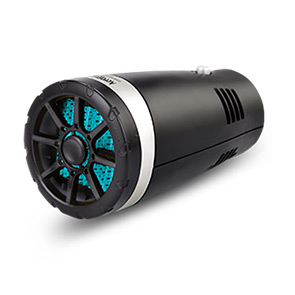Exploring the Different Types and Uses of Handbrake Cables in Modern Vehicles and Equipment
Handbrake Cables An Essential Component of Vehicle Safety
Handbrake cables are a vital component in automotive engineering, playing a crucial role in the overall safety and functionality of a vehicle. These cables connect the handbrake lever to the brakes on the rear wheels, allowing drivers to engage the handbrake to secure their vehicle when parked or on an incline. Understanding the importance, construction, and maintenance of handbrake cables can help vehicle owners ensure optimal performance and safety.
Importance of Handbrake Cables
The primary function of handbrake cables is to provide a reliable means of immobilizing a vehicle when needed. When the handbrake lever is pulled, the cables transmit that force to the brake components, applying pressure to the brake pads against the rotors. This action prevents the wheels from turning, ensuring that the vehicle remains stationary.
In addition to keeping a vehicle secure while parked, handbrake cables also serve as an important safety mechanism in situations where the primary braking system fails. Although this is a rare occurrence, a functional handbrake can provide a backup system in emergencies, allowing the driver to stop the vehicle safely.
Construction of Handbrake Cables
Handbrake cables are typically made from high-strength steel wire, which is durable and resistant to stretching, making it ideal for withstanding tension and wear over time. The cables are usually encased in a protective outer sleeve made of rubber or plastic, designed to shield them from environmental factors such as moisture, dirt, and road debris. This protective coating helps prolong the lifespan of the cables and ensures smooth operation.
handbrake cables made

The design of handbrake cables can vary according to the make and model of the vehicle, but they generally consist of two main components the inner cable, which transmits force from the handbrake lever, and the outer casing, which guides and supports the cable as it moves. It is essential for these components to work together seamlessly to maintain the effectiveness of the handbrake system.
Maintenance of Handbrake Cables
Regular maintenance of handbrake cables is crucial for ensuring their longevity and effectiveness. Drivers should periodically inspect the cables for any signs of wear, fraying, or rust. Such damage can compromise the integrity of the handbrake system, potentially leading to failure when it is most needed.
Lubrication of the cables is also important, as it reduces friction and prevents corrosion. Vehicle owners can apply a suitable lubricant to the cables and their fittings, ensuring they operate smoothly. If any issues are detected, such as difficulty in engaging the handbrake or unusual noises during operation, it is advisable to consult a professional mechanic.
Conclusion
In conclusion, handbrake cables are an indispensable part of vehicular safety and functionality. Their ability to secure a vehicle in place while parked and serve as a backup in emergencies cannot be overstated. By understanding their construction and importance, as well as committing to regular maintenance, vehicle owners can ensure that their handbrake system operates effectively. Ultimately, investing time and care into this often-overlooked component not only contributes to the overall safety of the vehicle but also enhances the driving experience for everyone on the road. Regular inspection and prompt attention to any issues with handbrake cables can lead to safer driving conditions and peace of mind for drivers and passengers alike.
-
Upgrade Your Vehicle with High-Quality Handbrake CablesNewsNov.01,2024
-
Optimize Your Bike's Performance with Quality CablesNewsNov.01,2024
-
Enhance Your Vehicle's Performance with Quality Clutch ComponentsNewsNov.01,2024
-
Elevate Your Vehicle's Performance with Quality Throttle CablesNewsNov.01,2024
-
Elevate Your Vehicle's Performance with Quality CablesNewsNov.01,2024
-
Affordable Solutions for Your Cable NeedsNewsNov.01,2024
